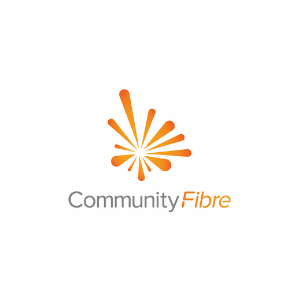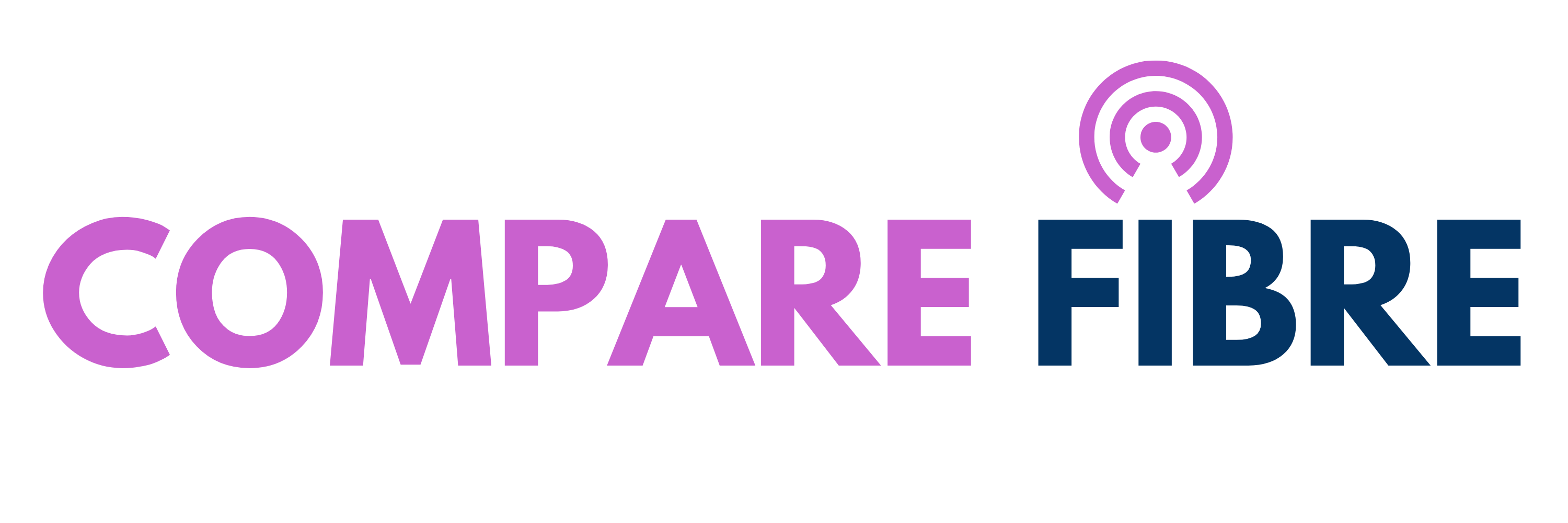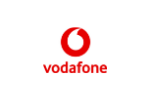Fibre Broadband Availability Checker
Discover The Fastest Speed Available Now
Filter Your Results

Mbps *Avg. Speed
Month Contract
Downloads
Calls
Install
Per Month

Mbps *Avg. Speed
Month Contract
Downloads
Calls
Install
Per Month

Mbps *Avg. Speed
Month Contract
Downloads
Calls
Install
Per Month

Mbps *Avg. Speed
Month Contract
Downloads
Calls
Install
Per Month

Mbps *Avg. Speed
Month Contract
Downloads
Calls
Install
Per Month

Mbps *Avg. Speed
Month Contract
Downloads
Calls
Install
Per Month
Get Alerted When Faster Speeds Go Live In Your Area
A Comprehensive Guide to Broadband in Your Area
This guide has been written to help you learn more about the variety of broadband connections that are available. We look at fibre and full-fibre broadband and what connections are available in your postcode and look at the best broadband providers and the best broadband deals.
The vast majority of homes in the UK have access to ADSL and fibre broadband. Most of the home broadband connections will be either fibre, ADSL or cable. 95% of UK homes have access to superfast broadband according to the Office of Communications – Ofcom. This is supplied by a fibre-to-the-cabinet connection. Most homes can also access cable broadband, but at the moment this is only provided by Virgin Media.
A broadband availability checker can check your postcode, allowing you to see what broadband services are available in your location, and what speeds you can expect to receive.
Fibre Broadband Availability Checker – Finding What Broadband You Can Get in Your Area
The Compare Fibre Broadband Postcode Checker offers a quick way to find out what broadband speeds are available in your postcode.
You could find a better deal, saving money if you’re currently out of contract, and potentially double your connection speed by using the Compare Fibre Comparison Search to compare what providers are available in your geographic location. Simply enter your postcode, and the fibre checker will display all of the broadband providers, their speeds, and prices available in your location.
Broadband Speeds in my Area
If you visit the Fibre Broadband Availability Checker and enter your postcode, you can see what broadband speeds are available where you live, and also see if you are getting the speeds you are paying for. If you have a lot of connected devices or enjoy streaming films or music, you will need a high broadband speed such as those provided by fibre-optic, full-fibre and cable broadband connections.
If you have an ADSL connection and are out of contract, you may be paying more for your broadband and receiving a lower broadband speed than your neighbours. It is always worth checking whether you could benefit from switching internet service provider to ensure you are getting good value for money and getting the best speed available.
ADSL Broadband Explained
Almost every UK broadband provider offers ADSL broadband. ADSL stands for ‘Asymmetric Digital Subscriber Line’. It is a broadband connection that uses existing Openreach home phone lines that feed into virtually every home in the UK with a coverage rate of 99% of domestic homes. The data is transferred from existing telephone exchanges along copper phone lines into your house.
Unlike the days of dial-up internet, it is now possible to use both the internet and the home phone at the same time due to differences in frequencies.
ADSL connections provide average connection speeds of around 10 to 11Mbps. This makes it ideal for smaller homes with few connected devices, and for those who do not stream music or movies.
Fibre Broadband Explained
Fibre broadband connections transmit data via fibre-optic instead of copper cables. This results in a faster broadband speed. There are different types of fibre broadband connections available, each offering different speeds.
The most common connection available in the UK is the ‘fibre-to-the-cabinet’ (FTTC) connection. Data is transferred from the exchange to the large green cabinets you see on street corners. From there, the remainder of the connection relies on existing Openreach copper wires into your home. This makes it slower than ‘fibre-to-the-premises’ (FTTP) or full-fibre connections where the data bypasses the cabinet and travels only along fibre-optic cables into your house.
FTTC connections are available to over 95% of homes in the UK. There is a common misconception that fibre broadband is more expensive than ADSL, or that it is hard to get. The fact is, FTTC broadband packages offer faster speeds whilst being very similar in price to ADSL connections. It is available to the majority of homes in the UK, so it is worth checking whether you can get a faster broadband connection via a fibre-optic connection if you still have an ADSL connection – particularly if you are out of contract.
The average speed for FTTC fibre broadband ranges from 35Mbps to 67Mbps. FTTP speeds are faster still as they do not rely on copper cables to complete the connection. FTTP broadband speeds can reach up to 1Gbps (1000Mbps) for full-fibre. This makes it the perfect choice for larger family homes and those premises where there are a lot of connected devices or for those who like to stream films or music.
FTTP (Full-Fibre) Broadband Explained
Full-fibre or FTTP broadband is delivered to homes solely via fibre-optic cables. It is currently available to just 14% of homes in the UK, but coverage is expanding as more fibre-optic cables are being laid. Significant government investment aims to bring homes in the UK in line with those throughout Europe, having ultrafast, reliable full-fibre broadband. Thousands of homes per week are being connected to full-fibre broadband so it is worth keeping an eye on the postcode checker to see when FTTP broadband will be available in your area.
Cable Broadband Explained
Cable broadband is currently only offered by Virgin Media. This type of connection varies from fibre connections in a few key ways.
Instead of using copper wires or fibre-optic cables to transfer data, coaxial cables are used. These cables are able to deliver superfast broadband speeds.
Cable broadband from Virgin Media offers speeds ranging from 54Mbps to 600Mbps. In some key locations in the UK, up to 1Gbps is available.
Availability for cable broadband from Virgin Media is slightly more limited in the UK as it is not part of the Openreach network. Coverage is around 50% of homes in the UK. This is still a much higher coverage compared to full-fibre broadband, so if you are looking for faster broadband speeds over 67Mbps, it is worth checking what Virgin Media broadband deals are currently available in your area.




















